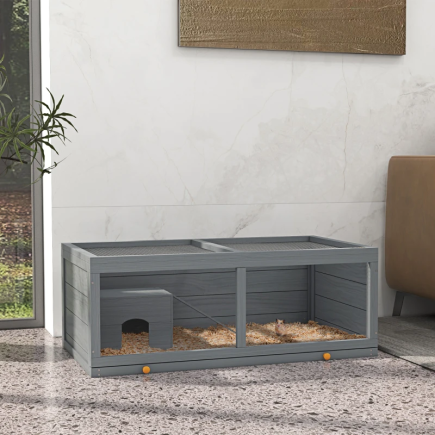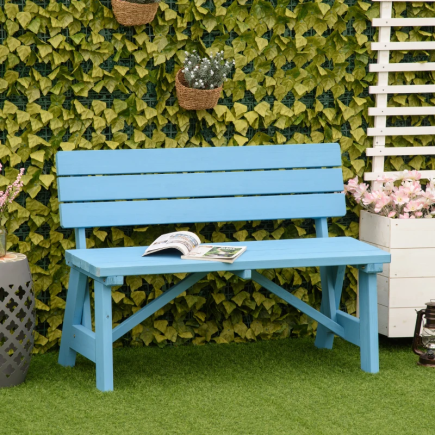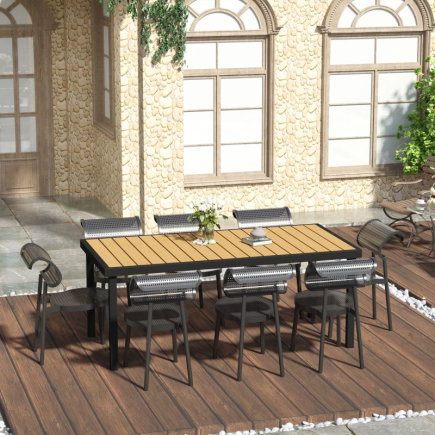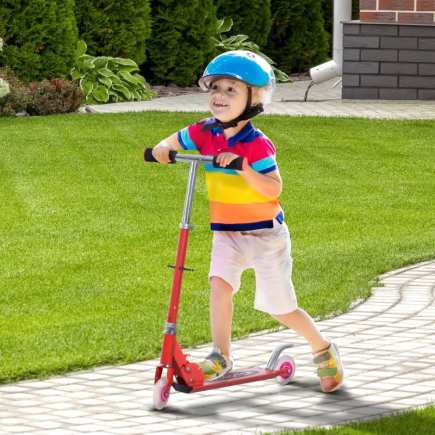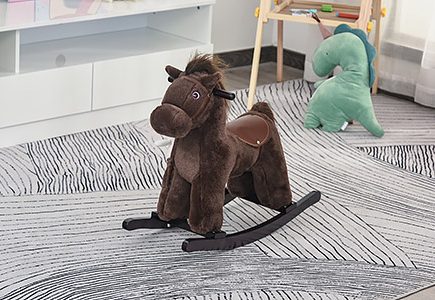
Cleaning your hammock is essential to keep it looking fresh and lasting longer. Whether it’s a rope hammock, fabric hammock, or camping hammock, each type has its unique needs. This practical guide provides step-by-step cleaning tips, ensuring your hammock stays comfortable, durable, and ready for relaxation.
Step 1: Know Type of Hammock You Have
The first step to cleaning your hammock properly is understanding the material. Hammocks come in various types, each requiring different care. Here’s a quick breakdown of the most common hammocks you’ll come across:
- Rope Hammocks: Typically made from cotton or polyester ropes. These are breathable and comfortable but can trap dirt, pollen, and other debris in the woven fabric.
- Fabric Hammocks: Made from cotton, polyester, or other fabric materials. These hammocks are soft, durable, and easy to clean, but they need extra care to prevent mildew and staining.
- Camping Hammocks: Lightweight and made from nylon or polyester. These hammocks are great for outdoor adventures but require cleaning after exposure to dirt, mud, or rain.
Knowing the material will help you choose the right cleaning methods and solutions.
Step 2: Gather Your Cleaning Tools

Before you start cleaning, gather these essential tools:
- Soft-bristled brush: For brushing off dirt and debris without damaging the fabric.
- Mild detergent: A gentle, eco-friendly detergent is best. Avoid harsh chemicals or bleach that can weaken the fabric.
- Bucket or bathtub: To soak your hammock if needed.
- Garden hose or pressure washer: For rinsing off dirt and soap.
- Gloves: If you’re dealing with mildew or stubborn stains, gloves will protect your hands.
Having these tools on hand will make the cleaning process more efficient.
Step 3: Cleaning a Rope Hammock
Rope hammocks, especially those made from cotton, tend to trap dirt between their woven fibers. Here’s how to clean them:
1. Remove and Prep
Start by taking the hammock off its frame or trees and laying it flat on a clean surface. This will give you easy access to both sides of the hammock.
2. Brush Off Dirt

Use the soft-bristled brush to remove any dirt, leaves, or pollen. Shake the hammock out first to loosen the debris. If it’s heavily soiled, you can use a vacuum cleaner with a hose attachment to remove the dust.
3. Prepare a Cleaning Solution
Mix about 1/4 cup of mild detergent with 1 gallon of warm water in a bucket or tub. Don’t overdo it with soap—just enough to clean the hammock without leaving residue.
4. Soak and Scrub

Submerge the hammock in the soapy water and let it soak for 15-20 minutes. This will help loosen dirt and grime. After soaking, use the brush to scrub the rope, focusing on dirtier areas and making sure to clean both sides.
5. Rinse Thoroughly
Use a garden hose or low-pressure setting on a pressure washer to rinse off the soap completely. Make sure the hammock is thoroughly rinsed to avoid soap buildup, which could attract more dirt.
6. Dry Properly
Hang the hammock in a shaded area to air dry. Avoid direct sunlight, which can weaken the fibers over time. Ensure the hammock is fully dry before using it again.
Step 4: Cleaning a Fabric Hammock
Fabric hammocks are easy to clean but require extra care to prevent mildew. Here’s how to clean your fabric hammock:
1. Remove and Prep

Take the hammock off the frame and lay it flat on a clean surface. If it’s a fabric hammock with spreader bars, you’ll need to wipe the fabric separately from the wooden bars to avoid warping.
2. Brush Off Dirt
Use a soft-bristled brush to gently remove any dirt, pollen, or debris. If you notice sticky substances or heavy grime, shake the hammock before brushing.
3. Create a Cleaning Solution
Mix 1/4 cup of mild detergent with 1 gallon of warm water in a bucket or bathtub. For extra cleaning power, you can add a tablespoon of baking soda to help with tough stains or odors.
4. Scrub the Fabric

Using the brush, scrub the hammock gently with the solution, paying extra attention to stained or dirty areas. Work the solution into the fabric and allow it to sit for a few minutes before rinsing.
5. Rinse Thoroughly
Rinse the hammock thoroughly with clean water from a garden hose or bucket. Make sure all soap residue is removed to prevent attracting dirt.
6. Dry in the Shade

Hang your hammock in a shaded area with good airflow to dry. Direct sunlight can cause the fabric to fade and weaken over time, so it’s better to dry it in a cool, shaded spot.
Step 5: Cleaning a Camping Hammock
Camping hammocks are durable but often get dirtier due to outdoor exposure. Here’s how to clean them:
1. Shake Off Debris

Camping hammocks are often exposed to dirt, mud, and nature, so the first thing you’ll want to do is give it a good shake to remove loose debris like leaves, twigs, and sand.
2. Soak in Cleaning Solution
Mix mild detergent with warm water in a bucket. If your hammock is especially dirty, you may want to add a bit more detergent to the solution. Submerge the hammock and let it soak for 10-15 minutes to loosen dirt.
3. Scrub the Fabric

Use a soft-bristled brush to gently scrub the fabric, paying attention to spots where dirt has accumulated. Be sure to clean both sides of the hammock to ensure it’s fully cleaned.
4. Rinse Thoroughly
Rinse the hammock with a garden hose or in a bathtub to remove all the soap. Make sure the hammock is completely rinsed to avoid soap residue, which can attract dirt.
5. Air Dry
Hang your camping hammock in the shade to dry. If you’re in a hurry, use a fan to help speed up the drying process.
Step 6: Tackling Mildew and Mold

Mildew and mold are common problems with outdoor hammocks, especially if they’ve been exposed to moisture and humidity. Here’s how to clean it:
1. Brush Off Loose Mold
Shake out the hammock and use a soft-bristled brush to remove any loose mildew or mold spores. Wear gloves and a mask for safety.
2. Apply a Vinegar Solution
Mix equal parts white vinegar and water in a spray bottle. Spray the affected areas and let the solution sit for 15-20 minutes to break down the mildew.
3. Scrub and Rinse
After the solution has had time to work, use the brush to scrub the mildew away. Rinse the hammock thoroughly with water to remove all residue.
4. Dry Completely
Make sure the hammock is completely dry before using it again. Hang it in the sun, as UV rays can help kill any lingering spores. If you can’t hang it outside, set it up in a well-ventilated room with good airflow.
Step 7: Removing Stubborn Stains
Bird droppings, tree sap, and food stains are common problems, but they can be removed with the right cleaning methods:
Bird Droppings
Use a mild detergent solution mixed with warm water to clean the stain. Apply the solution and use a sponge to gently dab at the area. For stubborn stains, sprinkle baking soda on the area and let it sit for 15–20 minutes before rinsing it away.
Tree Sap
To remove tree sap, apply rubbing alcohol to the stain and let it sit for a few minutes. Gently scrub with a soft brush, and rinse with clean water.
General Dirt
For general dirt stains, use a mild detergent and warm water mixture. Scrub gently and rinse well. For tougher dirt, a baking soda paste can help lift the stain.
Step 8: Drying and Storing Your Hammock

Proper drying and storage are essential to keep your hammock in great shape:
Drying Tips
- Air Drying: Always air dry your hammock by hanging it in a shaded, well-ventilated area. This prevents the fabric from fading and weakening due to sun exposure.
- Avoid Machine Drying: Never machine dry your hammock. The heat can cause the fabric to shrink, warp, or become misshapen.
- Speeding Up Drying: If you’re in a rush, use a fan to circulate air and speed up the drying process.
Storing Tips
- Ensure Complete Drying: Always make sure your hammock is fully dry before storing it to prevent mold or mildew growth.
- Use a Storage Bag: Store your hammock in a breathable storage bag to protect it from dust, dirt, and pests.
- Cool, Dry Place: Store your hammock in a cool, dry place, away from sunlight and humidity. Avoid areas prone to moisture, as this can cause mildew.
Final Thoughts

Cleaning and maintaining your hammock might seem like a chore, but with these simple, practical steps, you can keep it in great condition for years to come. Whether it’s a rope hammock, fabric hammock, or camping hammock, taking care of it ensures that it will always be ready for your next relaxing day outdoors. If you’re looking for a swing then you can check out Hammock Swings and have fun.So go ahead treat your hammock to a little TLC and enjoy those perfect lounging moments!
FAQs
1. How often should I clean my hammock?
Cleaning your hammock every 3-4 months helps keep it in top condition. For heavy outdoor use, consider cleaning it more frequently. Regular cleaning prevents dirt buildup and extends its lifespan.
2. How do I remove mildew from my hammock?
Use a vinegar-water solution (1:1 ratio) to spray the affected area, let it sit for 15-20 minutes, then scrub gently. Rinse thoroughly to remove mildew residue and dry the hammock completely.
3. Can I machine wash my hammock?
It’s best to avoid machine washing as it can shrink or damage the fabric. Instead, wash by hand using a mild detergent and warm water to ensure the hammock stays intact.
4. How do I clean tree sap off my hammock?
Apply rubbing alcohol directly to the sap stain, let it sit for a few minutes, then scrub with a soft brush. Rinse the area thoroughly to remove any residue.

